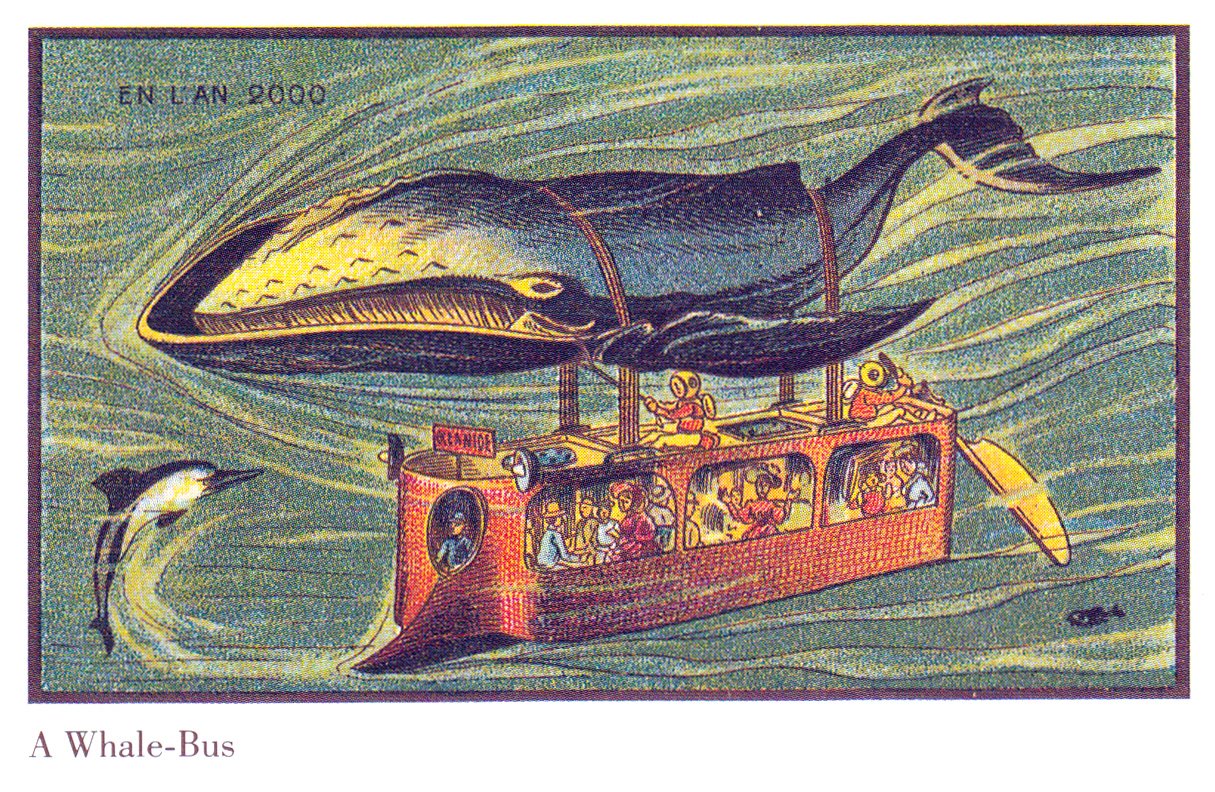Writers and artists often opt to dive into the distant past, and author fantasies about it and its inventions. They find comfort in describing a nostalgia; clichés of women dressed up like Disney princesses and dancing to music played on an antique gramophone, or elegant men talking over vintage rotary telephones. On the other hand, plenty of other writers and artists, and even ordinary people, prefer foreseeing over the horizon, and digging-deep into the future, because they find more comfort in thinking that great things await us.
With magic numbers such as 1900, 1919, 2000, 2020, 2222, etc., the years to come have always meant a fantastic world of potential great achievements. Yet, Danish atomic physicist Niels Bohr once said “prediction is very difficult, especially if it is about the future”. That said, whether you are making weather predictions for tomorrow or predictions about how our lives would look like in one-hundred years, predicting the future is indeed a problematic task, albeit an interesting one.
While navigating the Internet for our ancestors’ vision of the future, I have stumbled on a series of futuristic pictures—around 87 illustrations—depicting the world in the year 2000, entitled En L’An 2000 (In the Year 2000). They were authored by various French artists 1899–1910, and were later printed as picture postcards. As you browse through the cards, you will see the future—or rather our past, 20 years ago—from our ancestors’ point of view.


 (via Wikimedia Commons)
(via Wikimedia Commons)
When the illustrators attempted to describe the world in one-hundred years they depicted what they believed was the peak of technology. However, that concept has totally changed. I remember by end-1999, people used to ask futuristic questions about the world in 2020, which was not such a distant future then! In such a short period, people foresaw radical change in all life forms. I recall predictions of world-end opposed to other life possibilities on different planets; that was based on the rapidly developing technology people witnessed at that time.
I recall my first mobile phone in 2000, with impressive features: a ringtone maker and a caller ID! Then, I could not think of any technology beyond, except maybe for playing an actual song instead of an irritating monophonic ringtone. Since then, however, technology has come such a long way; as someone calls you, your smartphone would vibrate, flash a photo of the caller, and play a song of your choice, all of which is now considered nothing special. Today, children at a very young age are capable of using smartphones and their impressive high-technology features of touchscreens and 3D facial recognition.
Today, a smartphone is equal to a long list of 19th and 20th centuries inventions; to name a few: the telephone, the camera, the recorder, the flashlight, the television, the radio, the phonograph, the typewriter, the video game console, the computer, and the list is definitely growing every day. In other words, you can see a group of the possible inventions predicted in En L’An 2000 gathered in one device.
Now, you can simply connect your smartphone to your watch, your doorbell, and even your shoes; yet, people still expect a greater leap forward with smartphones. Some foresee smartphones embodied into our bodies using smart hearing aids and contact lenses, or screens in your skin. Though it might look like a frightening science fiction, it could be something very familiar later; or maybe smartphones would become obsolete with the popping-up of a better technology, who knows?
References
androidauthority.com
commons.wikimedia.org
eeweb.com
openculture.com
paleofuture.gizmodo.com
techrepublic.com
theculturetrip.com
*The original article was published in SCIplanet, Winter 2020 Issue.
**Cover image: This photograph is part of the Fonds Françoise Foliot, preserved by Wikimédia France.